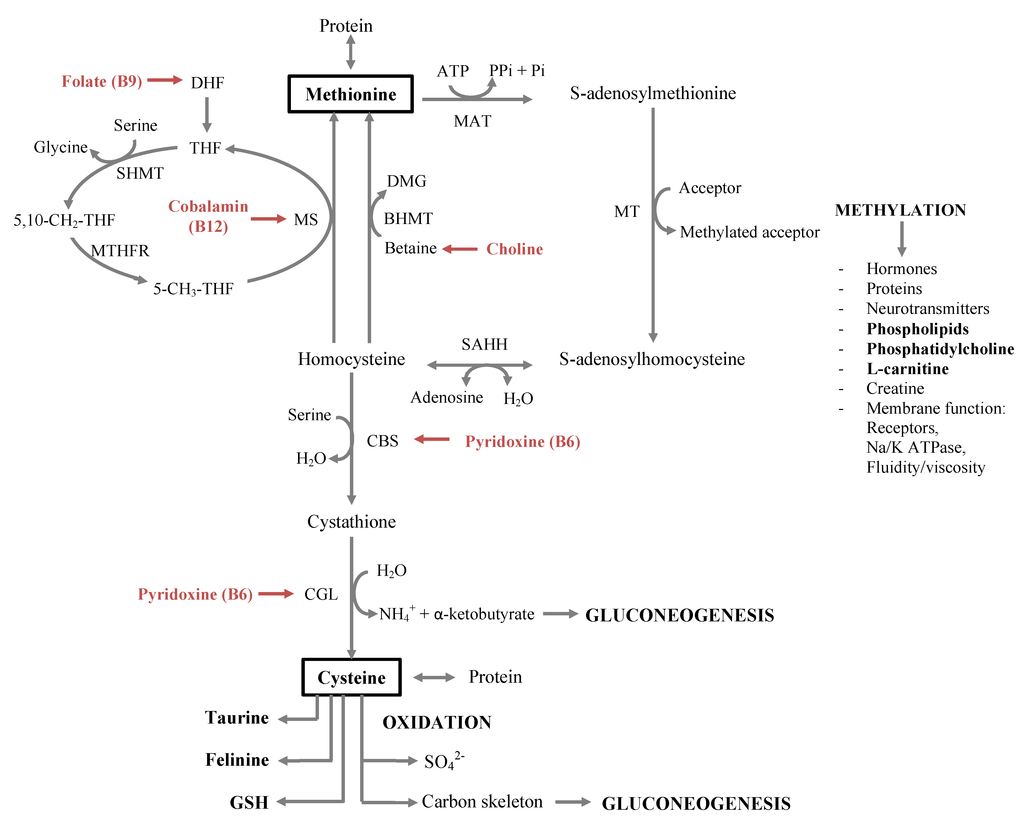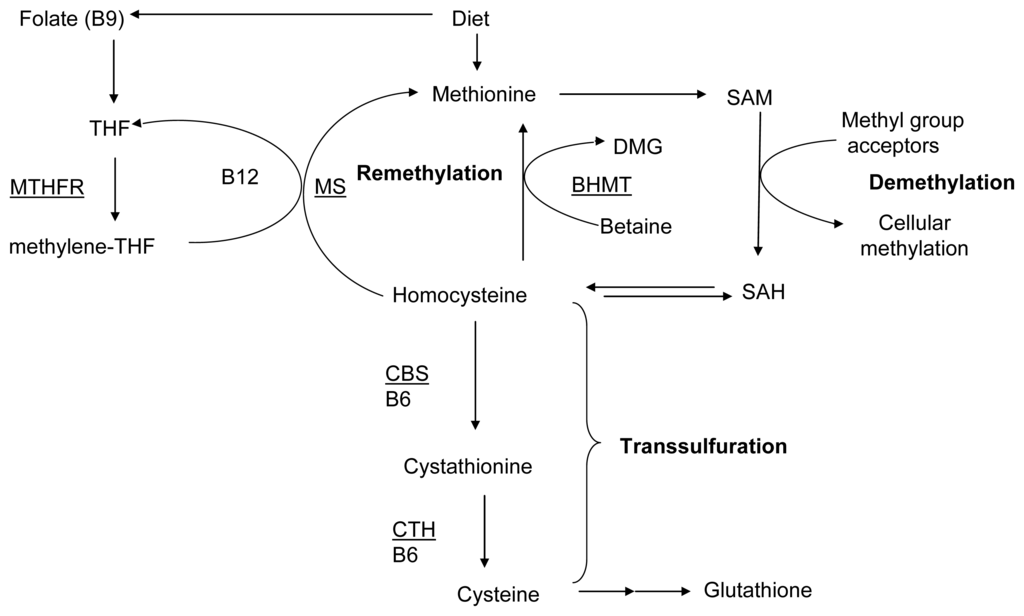Based on an experimental study on a comparable "Westernized" (?) population, the Japan Lipid Intervention Trial found optimal ranges to be:
Total Cholesterol:180-260 (anything above or below has significant p>0.001 increase risk of all-cause mortality)
LDL: 80-200 (anything above or below has significant p>0.01 increase risk of all-cause mortality)
Triglycerides: N/A - no significant relationship.
HDL: anything above 50 has significant p>0.01 decrease risk of all-cause mortality.
Interestingly, LDL values are usually not measured directly, but only calculated using the Friedewald equation, which has been shown to be inaccurate, especially at low triglyceride values. If you really want to drill down on your blood lipids, your doctor should know that the standard total/LDL/HDL panel is outdated and that newer tests are more accurate.... like the NMR LipoProfile test or a VAP test.
These new tests are important, because not all LDL particles seem to cause heart disease. VLDL particles are smaller than average and are more likely to embed in arterial walls, given predisposing conditions like inflammation (C-reactive protein (CRP) is a good marker of inflammation). If your fasting triglycerides are low you probably have normal healthy LDL, but if they are high you may have much more VLDL. If you also have inflammation....watch out!
These new tests are important, because not all LDL particles seem to cause heart disease. VLDL particles are smaller than average and are more likely to embed in arterial walls, given predisposing conditions like inflammation (C-reactive protein (CRP) is a good marker of inflammation). If your fasting triglycerides are low you probably have normal healthy LDL, but if they are high you may have much more VLDL. If you also have inflammation....watch out!








